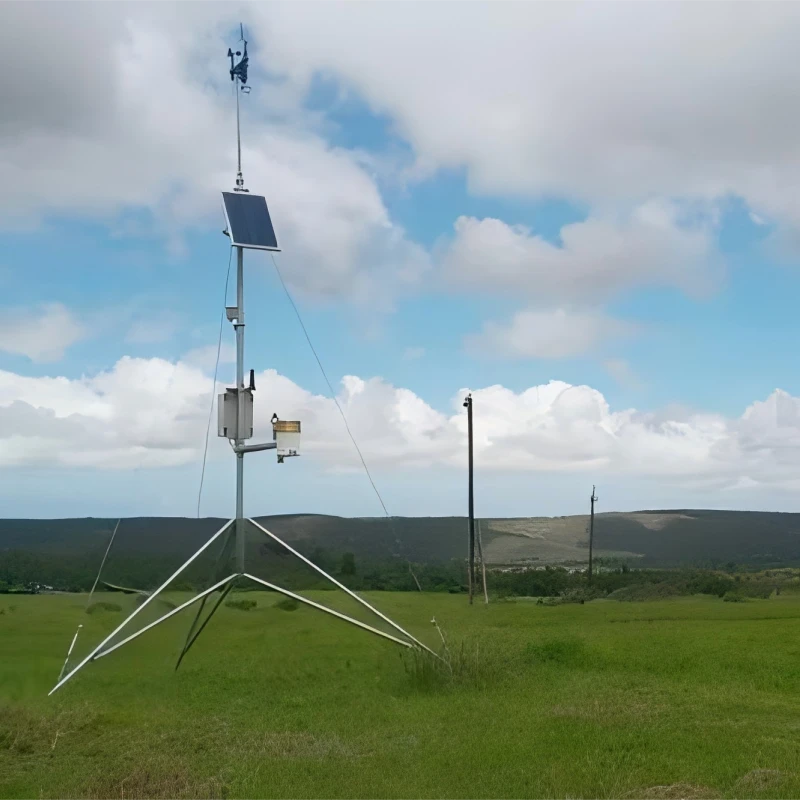
# Weather Measuring Instruments: Essential Tools for Accurate Forecasting
Weather forecasting has come a long way from relying on simple observations of the sky and wind. Today, meteorologists use a variety of advanced weather measuring instruments to gather precise data, enabling them to predict weather patterns with remarkable accuracy. These tools are essential for understanding atmospheric conditions and providing reliable forecasts that impact agriculture, aviation, disaster management, and daily life.
## Thermometers: Measuring Temperature
One of the most fundamental weather measuring instruments is the thermometer. Thermometers are used to measure air temperature, which is a critical factor in weather forecasting. Modern thermometers, such as digital and infrared models, provide highly accurate readings and can be used in various environments, from ground-level stations to high-altitude weather balloons.
## Barometers: Tracking Atmospheric Pressure
Barometers are another essential tool for meteorologists. They measure atmospheric pressure, which is a key indicator of upcoming weather changes. A sudden drop in pressure often signals an approaching storm, while a rise in pressure typically indicates fair weather. Aneroid barometers and digital barometers are commonly used today, offering precise and reliable measurements.
## Anemometers: Gauging Wind Speed and Direction
Wind plays a significant role in weather patterns, and anemometers are the go-to instruments for measuring wind speed and direction. Cup anemometers, vane anemometers, and ultrasonic anemometers are widely used in weather stations and research facilities. Accurate wind data helps predict storms, monitor air quality, and optimize renewable energy systems like wind turbines.
## Hygrometers: Measuring Humidity Levels
Humidity, or the amount of water vapor in the air, is another critical factor in weather forecasting. Hygrometers measure relative humidity, which influences cloud formation, precipitation, and even human comfort levels. Psychrometers and capacitive hygrometers are popular types of this instrument, providing accurate humidity readings for both short-term forecasts and long-term climate studies.
## Rain Gauges: Measuring Precipitation
Precipitation is a vital component of weather systems, and rain gauges are used to measure the amount of rainfall over a specific period. Simple graduated cylinders and more advanced tipping bucket rain gauges are commonly employed. This data is crucial for flood prediction, water resource management, and agricultural planning.
## Weather Satellites and Radars: Advanced Monitoring
Beyond ground-based instruments, weather satellites and radars provide a broader perspective on atmospheric conditions. Satellites capture images of cloud cover, storm systems, and temperature gradients across the globe, while radars detect precipitation and track severe weather events like hurricanes and tornadoes. These technologies have revolutionized weather forecasting, offering real-time data and improving the accuracy of predictions.
## The Importance of Calibration and Maintenance
To ensure the accuracy of weather measuring instruments, regular calibration and maintenance are essential. Even the most advanced tools can produce inaccurate data if not properly cared for. Meteorologists and technicians must follow strict protocols to maintain the reliability of these instruments, ensuring that the data collected is trustworthy and actionable.
## Conclusion
Weather measuring instruments are the backbone of modern meteorology, providing the data needed to understand and predict atmospheric conditions. From thermometers and barometers to satellites and radars, these tools enable us to prepare for weather events, mitigate risks, and make informed decisions in various industries. As technology continues to advance, these instruments will only become more precise, further enhancing our ability to forecast the weather with confidence.
Keyword: weather measuring instruments

Leave A Comment